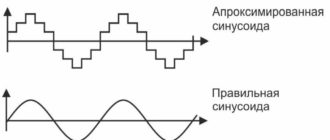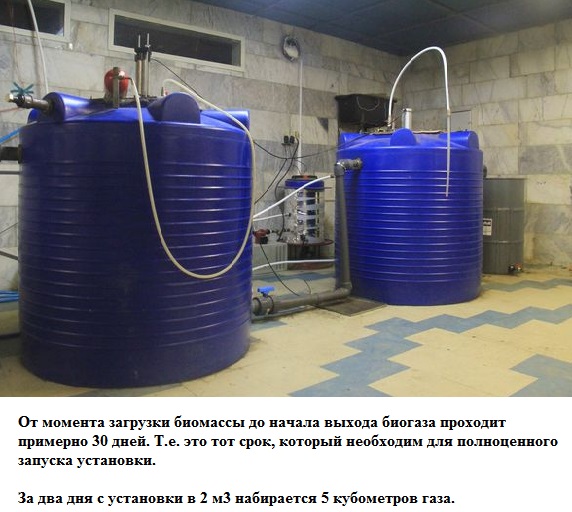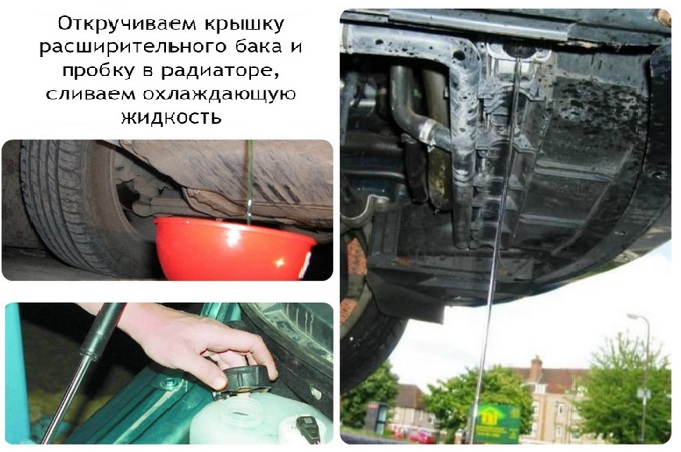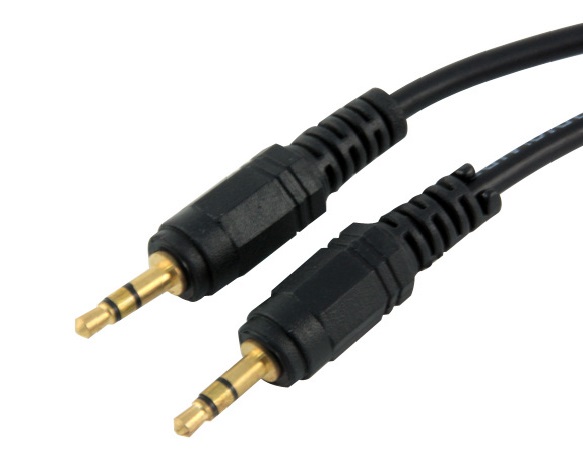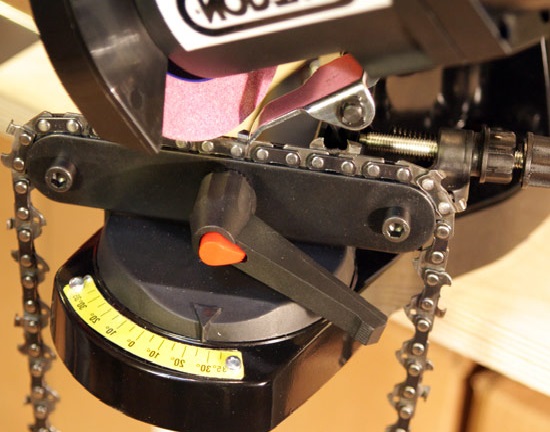Creating a Working Neutral in Single-Phase Gasoline Generators
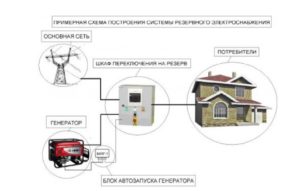
Single-phase gasoline generators lack a working neutral, unlike three-phase generators. This can lead to various problems when connecting electrical equipment that requires a neutral, a specific phase arrangement, and a clean sine wave output.
The reason is that three-phase generators have a midpoint formed by connecting three windings, which is considered the working neutral. However, in a single-phase generator, all conductors are symmetrical, except when one is grounded. This can create difficulties in connecting electrical loads and necessitate safety measures when using the gasoline generator.
The solution for the neutral problem in a single-phase generator involves grounding one of the generator outlet’s terminals. It doesn’t matter which outlet terminal you ground; we’re simply tying one generator output to the earth’s potential. There will be no current through the ground if all connected equipment is functioning properly.
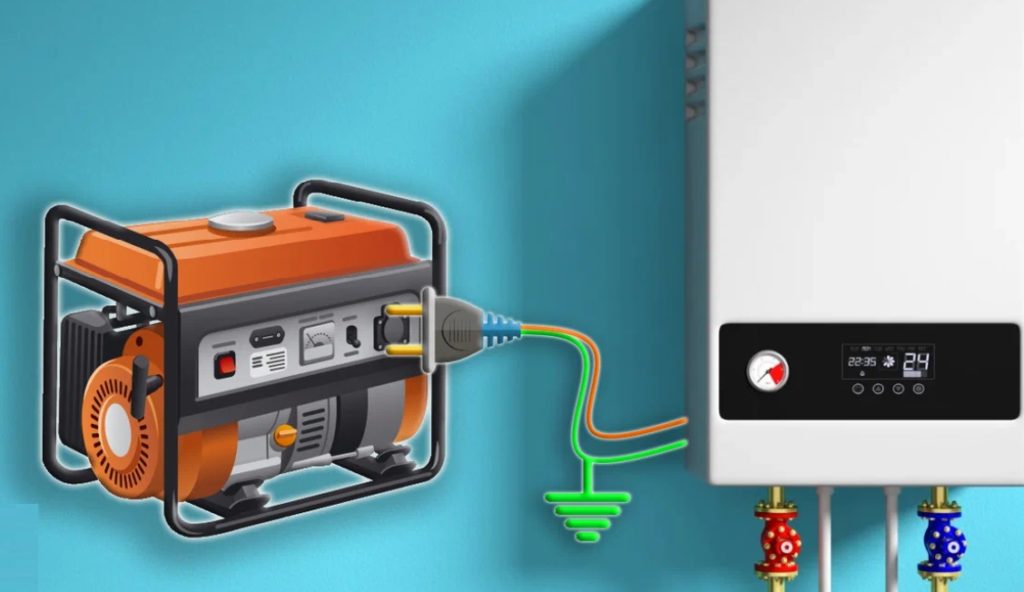
Should the Neutral Be Disconnected When Turning on the Generator?
Yes, before turning on the gasoline generator, it’s necessary to connect the neutral and grounding according to the manufacturer’s recommendations, and follow the correct sequence for connecting loads to the generator. During the generator’s operation, the neutral should remain connected to the ground.
- When connecting a load to the gasoline generator, connect the phase first, then the neutral. When disconnecting the load, first disconnect the neutral, then the phase.
- If the generator lacks grounding, then connect the neutral to the generator’s body or a grounded metal object near the generator.
Proper connection of the neutral and grounding is crucial for the safety of the gasoline generator’s operation and protection from electrical shock. It’s not recommended to disconnect the neutral during the generator’s operation, as this could damage the generator and connected load, and pose a danger to people near the generator.
How to Establish Grounding
To create grounding in the earth, follow these steps:
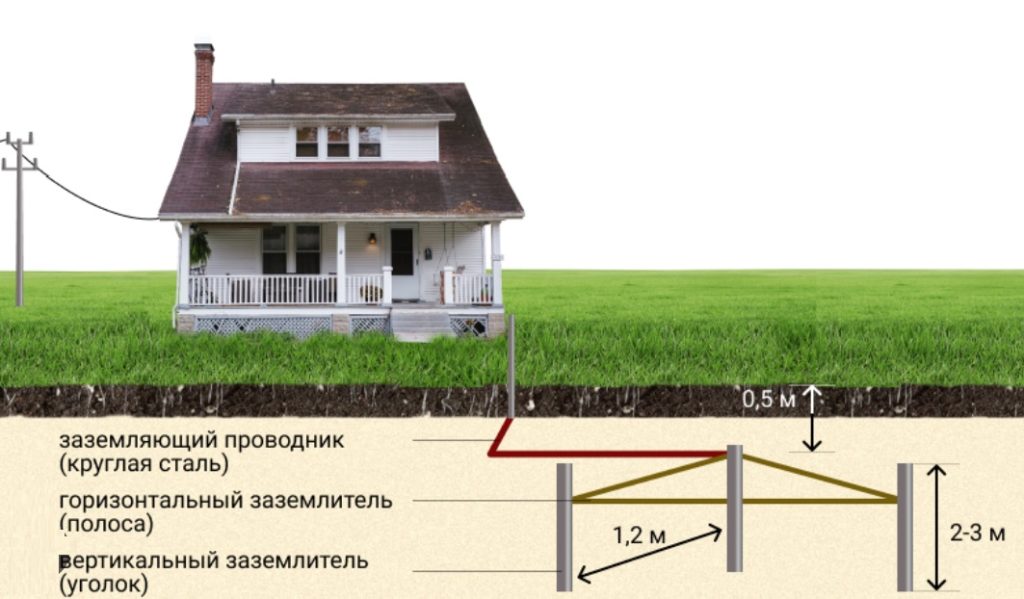
- Select a location for grounding, at least 1.5 meters away from buildings, metal structures, and other objects that could be potential sources of interference.
- Choose an appropriate method for creating grounding. The most common method is using a metal rod with a diameter of at least 12 mm and a length of at least 1.5 meters. The rod should be made of galvanized steel or copper to prevent corrosion.
- Dig a hole at least 1.5 meters deep. The hole should be wide enough to accommodate the grounding rod.
- Insert the grounding rod into the hole and secure it in a vertical position using gravel or stones for stable fixation.
- Fill the hole with clay to create an electrical connection between the grounding rod and the earth.
- Connect the grounding rod to a grounding conductor, which in turn should be connected to the electrical system’s grounding circuit.
Note: This article is for informational purposes and is not a guide. We are not responsible for your actions.

